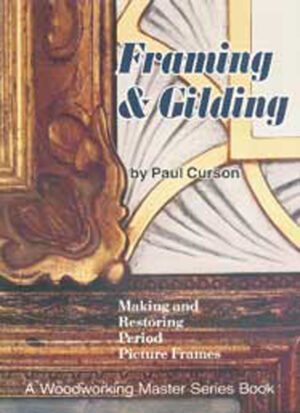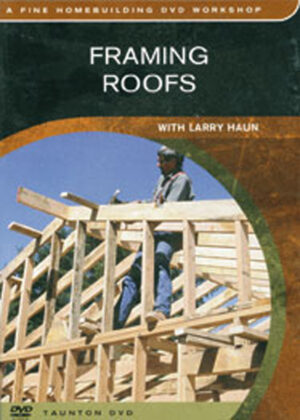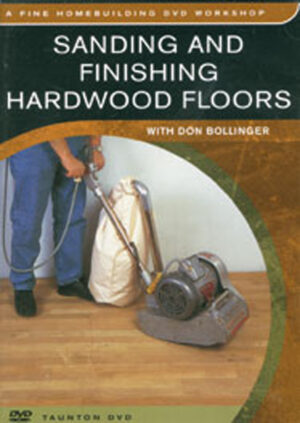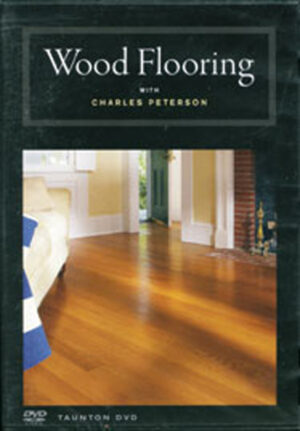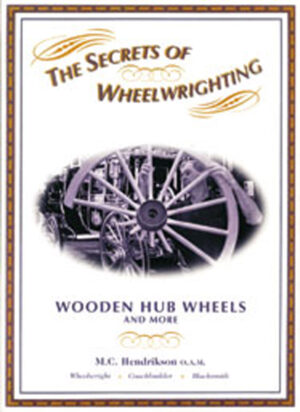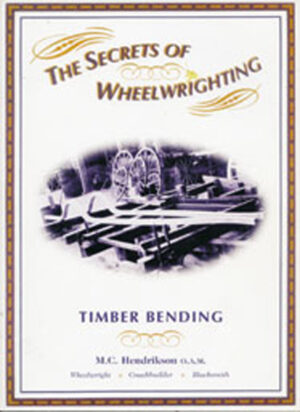COMMON HOUSEHOLD PESTS
$5.00
Homeowner’s Guide to Detection & Control
by Phillip Hadlington & Christine Marsden
(Australian Publication)
Softcover
180 x 245mm
80pp
Published by the University of NSW Press Ltd, Sydney NSW.
WAS R.R.P. $19.90
ISBN 0-86840-625-2
As reviewed in House & HOME Issue 45
The same team that brought us Termites and Borers: a Homeowners Guide to Detection and Control has just released a new book on general household pests. It covers a variety of infestations that are largely preventable and can in most instances be successfully treated by the homeowner.
Household pests – including cockroaches, fleas, ants, flies, mosquitoes, bed bugs, spiders, ticks and mites, lice, various food pests, carpet beetles and other pests of fabric, wasps, rats and mice – present real dangers to humans. Some are carriers of serious disease, a reality which may surprise many readers, and shouldn’t be taken lightly.
Many of these pests are not just simply a nuisance. For instance, fleas – with which most owners of cats and dogs would be quite familiar – are carriers of several diseases. Rats harbour a particularly dangerous variety of flea – the oriental rat flea – which is considered to be the major carrier of bubonic plague and murine typhus. Allergic reactions to fleas in the form of dermatitis are not uncommon and they also carry micro-organisms such as intestinal parasites (tapeworm).
In the book we are introduced to the lifestyle and life cycle of each pest, along with large colour photographs for identification. In most instances, correct identification is an essential part of proper control and eradication.
Most pests can be treated by either chemical or non-chemical means, and often with a combination of the two. The options for each pest are described in the text.
For example, there are non-chemical interventions include controlling mosquito numbers by eliminating locations around the home where moisture can pond or collect for extended periods of time. For fleas, it is recommended not to leave half-full or full bags of dust in the vacuum cleaner between uses, as these are ideal conditions for holding eggs before they hatch.
Easy to understand, at-hand information on the control methods for all the pests listed is contained in a chart, with a guide to buying pesticides that details the active ingredient as well as common trade names. This enables the reader to pinpoint, without any confusion, the control agents required for the problem at hand.
Hadlington and Marsden have again succeeded in providing a definitive guide to a household problem – the prevention and control of those nasties which have the potential to make life in the home quite miserable!
Photos: Colour
Contents
Foreword
Introduction and Acknowledgments
Cockroaches
Life cycle and habits
Cockroach species
Detection and prevention
Control
Common questions about cockroaches
Fleas
Appearance, life cycle and habits
Flea species
Fleas and disease
Control
Fleas: What to do
Ants
Features and life cycle
Ant species
Control
Ants; What to do
Flies
Features and life cycle
Fly species
Control
Mosquitoes
Feeding habits and life cycle
Disease
Mosquito species
Control
Bed Bugs
Features and life cycle
Control
Bed bugs: What to do
Spiders
Features, life cycle and habits
Ground-dwelling spiders
Orbweaving spiders
Other spiders
Control
Ticks and Mites
Australian paralysis tick
Ticks: What to do
Mites
Mites: What to do
Lice
Lice: What to do
Food Pests
Detecting infestation
Minimising infestation
Food moths; What to do
Carpet Beetles
Control
Carpet beetles; What to do
Pests of Fabric
Clothes moths
Silverfish
Booklice
Wasps
European wasp
Papernest wasp
Pesticides and pets
Rats and Mice
Pest status
Species
Rodents and disease
Detection
Control
Rats and Mice: Baiting and trapping
Baiting and Trapping
Control Methods
Non-chemical procedures
Pesticides
Pesticide groups
Selecting pesticides
Buying pesticides
Index
Further Reading

